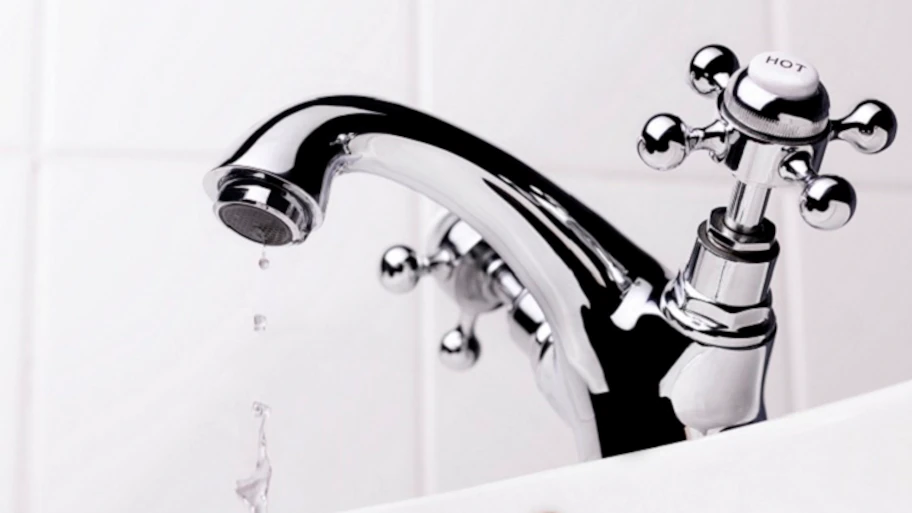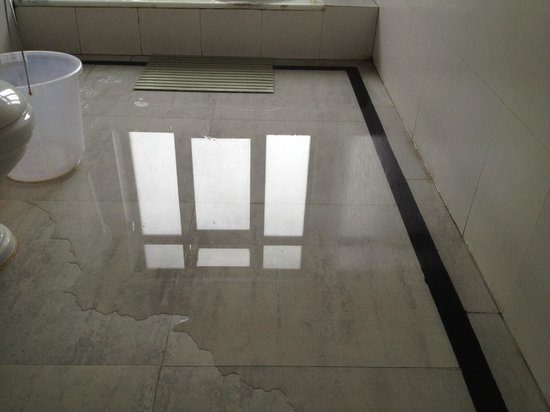Factors Leading to Water Deterioration in the Bathroom
Factors Leading to Water Deterioration in the Bathroom
Blog Article
Here in the next paragraph you can get more good insights pertaining to How to Repair and Prevent Bathroom Water Damage?.

Water damage typically happens in the bathroom as a result of the water utilized day-to-day. In some cases, the damage could be a little mold and mildew from the shower. Other times, it's substantial damage on your flooring. Whatever it is, it is always good to recognize the cause and also avoid it prior to it occurs.
This guide will experience some of the common root causes of water damage in the restroom. We will also analyze what you can do to avoid these reasons from harming your bathroom. Let's dive in.
5 Typical Reasons For Water Damage in Bathrooms
These are the typical factors you would certainly have water damage in your bathrooms and how you can find them:
Burst or Leaking Pipes
There are numerous pipes carrying water to different parts of your bathroom. Some pipes take water to the toilet, the sink, the faucets, the shower, and also lots of various other places. They crisscross the small area of the bathroom.
Every now and then, these pipelines could obtain rustic and ruptured. Other times, human action can trigger them to leakage. When this occurs, you'll find water in the corners of your bathroom or on the wall surface.
To spot this, keep an eye out for bubbling wall surfaces, mold and mildews, or mold. Call a professional emergency plumbing technician to fix this when it takes place.
Cracks in your wall surface floor tilesv
Restroom wall surface tiles have been specially made for that function. They protect the wall surface from wetness from individuals taking showers. However, they are not indestructible.
Often, your bathroom wall ceramic tiles split and permit some moisture to permeate right into the wall. This can potentially ruin the wall surface if you don't take any kind of action. If you observe a split on your wall surface floor tiles, repair it right away. Do not wait till it ruins your wall.
Overruning bathrooms and also sinks
As human beings, occasionally we make errors that can create some water damage in the bathroom. As an example, leaving your sink tap on might create overflowing and also damage to other parts of the shower room with moisture.
Also, a defective toilet can create overflowing. As an example, a broken commode handle or various other parts of the cistern. When this occurs, it might damage the floor.
As soon as you see an overflowing sink or toilet, call a plumbing to assist handle it immediately.
Roofing system Leakages
Often, the trouble of water damage to the bathroom might not come from the restroom. As an example, a roof covering leakage can cause damage to the bathroom ceiling. You can spot the damage done by checking out the water stains on the ceiling.
If you find water discolorations on your ceiling, check the roof covering to see if it's damaged. Then, call a specialist to help resolve the issue.
Excess Dampness
It's great to have that lengthy shower and also splash water while you hem and haw as well as act like you're performing, but sometimes these acts can trigger water damage to your washroom.
Spraying water around can cause water to go to corners and develop molds. View exactly how you spread excess wetness around, as well as when you do it, clean it up to avoid damage.
Final thought
Water damage to your shower room can be annoying. Nonetheless, you can handle it if you protect against some of the causes pointed out in this guide. Call an expert emergency plumbing if you observe any kind of severe damage.
How to Repair a Water-Damaged Wall in the Bathroom
All you need to know to repair bathroom wall water damage – from identifying the water source to finishing the repair professionally. If you don’t act quickly to resolve a water damage problem, you could find that it develops into a mold issue and/or cause structural damage to your home. Follow this guide to repair your bathroom before it's too late.
All you need to know to repair bathroom wall water damage
Water damage is a common household problem, and one that, if left unrepaired, can quickly lead to structural problems and health issues. The two most likely rooms where water damage may occur is the bathroom and the kitchen – where water is used often and there is high humidity.
What is water damage?
It is easy to think of water damage as caused by a flood or leaking tap or burst water pipe. However, when water damage is assessed, there are three main categories into which water falls (as classified by the American National Standards Institute). These categories are defined as:
Category 1 Water – ‘Clear Water’
This is sanitary water. There is usually no major threat to health by washing with this water, drinking it, or inhaling if it is streaming. Most water that enters your home will be category 1 water, while most water leaving your home will be either category 2 or 3 water. It may also come from melting snow, rainwater and water tanks.
Damage caused by this type of water can usually be repaired or restored, though this doesn’t mean that there are no potential health issues.
Category 2 Water – ‘Grey Water’
This is contaminated water – sometimes considerably so – and will cause illness if consumed or if it comes into contact with your skin. Water damage in this category is often caused by overflows from toilet bowls, and damage to washing machines and dishwashers. While damaged items might still be repaired or restored after damage by grey water, it is more difficult and more expensive to do so.
If the water damage in your home has been caused by grey water, it is advisable to have repairs made by professionals.
Over time, grey water will deteriorate and become black water.
Category 3 Water – ‘Black Water’
Category 3 water, also known as black water, is highly contaminated and a great risk to health. This may contain raw sewage, heavy metals, and other toxic substances. It will smell terrible.
If this is the water that has caused damage in your bathroom, do not touch it. Stop the water flowing if possible, seal the room and call the experts: it really isn’t worth the risk of ill health and disease that could be fatal. It is very unlikely that items can be repaired or restored if they have been damaged by black water.
https://www.porterscleaning.com/blog/how-to-repair-a-water-damaged-wall-in-the-bathroom/

How to Repair a Water-Damaged Wall in the Bathroom
All you need to know to repair bathroom wall water damage – from identifying the water source to finishing the repair professionally. If you don’t act quickly to resolve a water damage problem, you could find that it develops into a mold issue and/or cause structural damage to your home. Follow this guide to repair your bathroom before it's too late.
All you need to know to repair bathroom wall water damage
Water damage is a common household problem, and one that, if left unrepaired, can quickly lead to structural problems and health issues. The two most likely rooms where water damage may occur is the bathroom and the kitchen – where water is used often and there is high humidity.
What is water damage?
It is easy to think of water damage as caused by a flood or leaking tap or burst water pipe. However, when water damage is assessed, there are three main categories into which water falls (as classified by the American National Standards Institute). These categories are defined as:
Category 1 Water – ‘Clear Water’
This is sanitary water. There is usually no major threat to health by washing with this water, drinking it, or inhaling if it is streaming. Most water that enters your home will be category 1 water, while most water leaving your home will be either category 2 or 3 water. It may also come from melting snow, rainwater and water tanks.
Damage caused by this type of water can usually be repaired or restored, though this doesn’t mean that there are no potential health issues.
Category 2 Water – ‘Grey Water’
This is contaminated water – sometimes considerably so – and will cause illness if consumed or if it comes into contact with your skin. Water damage in this category is often caused by overflows from toilet bowls, and damage to washing machines and dishwashers. While damaged items might still be repaired or restored after damage by grey water, it is more difficult and more expensive to do so.
If the water damage in your home has been caused by grey water, it is advisable to have repairs made by professionals.
Over time, grey water will deteriorate and become black water.
Category 3 Water – ‘Black Water’
Category 3 water, also known as black water, is highly contaminated and a great risk to health. This may contain raw sewage, heavy metals, and other toxic substances. It will smell terrible.
If this is the water that has caused damage in your bathroom, do not touch it. Stop the water flowing if possible, seal the room and call the experts: it really isn’t worth the risk of ill health and disease that could be fatal. It is very unlikely that items can be repaired or restored if they have been damaged by black water.
https://www.porterscleaning.com/blog/how-to-repair-a-water-damaged-wall-in-the-bathroom/
I am just very taken with How to Repair and Prevent Bathroom Water Damage? and I am praying you liked the new blog posting. Are you aware of anybody else who is involved in the niche? Why not promote it. Thanks a lot for your time. Come back soon.
Professional help? One call away. Report this page